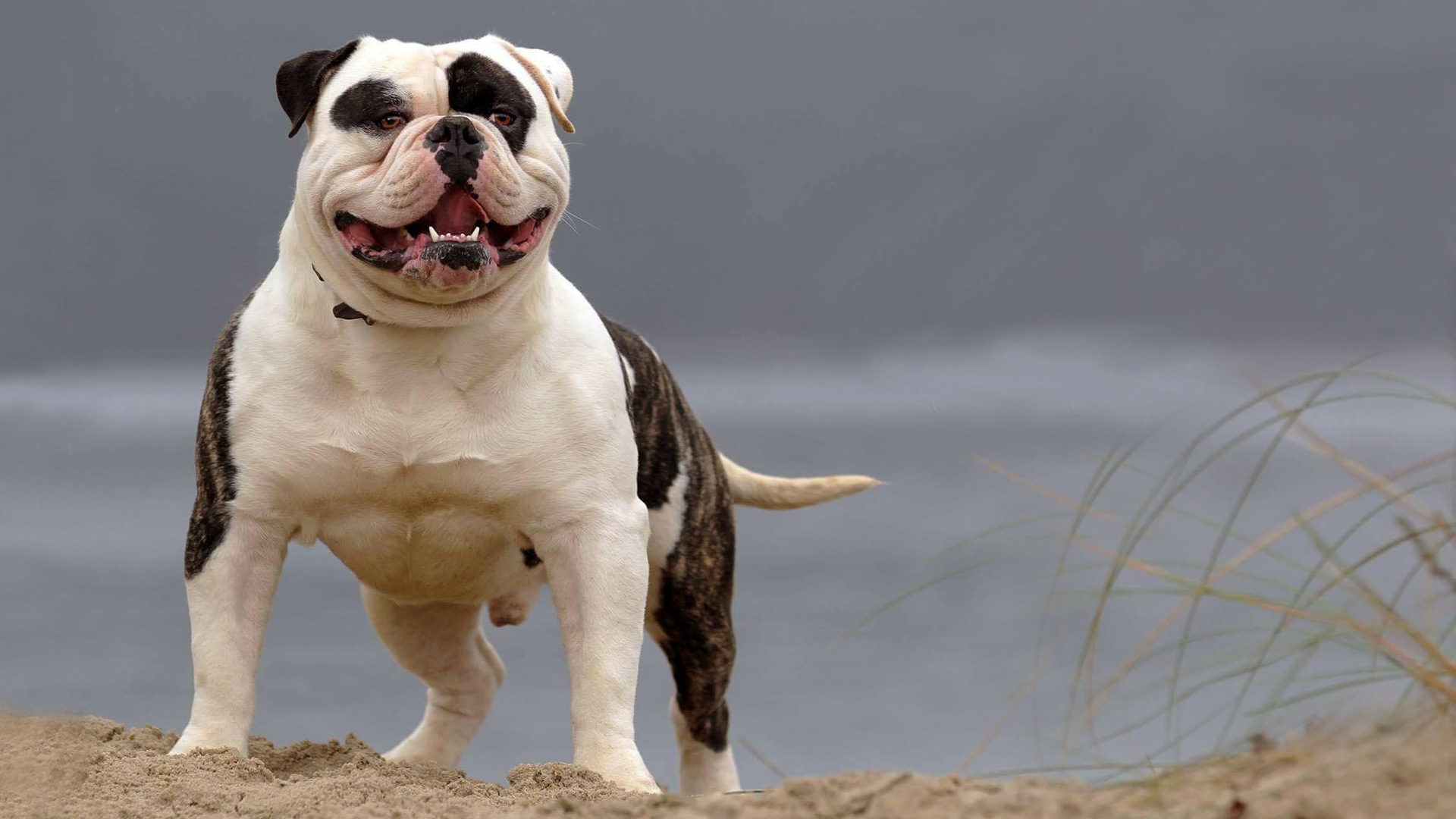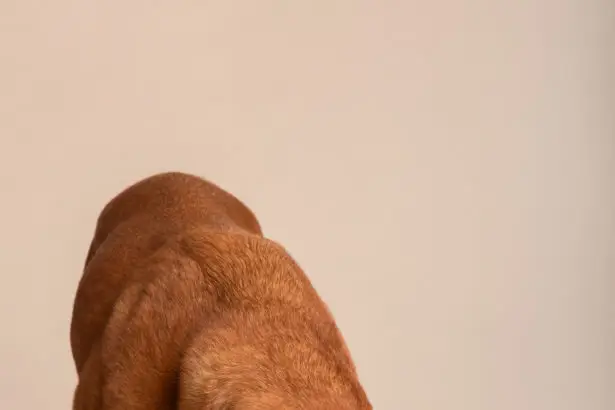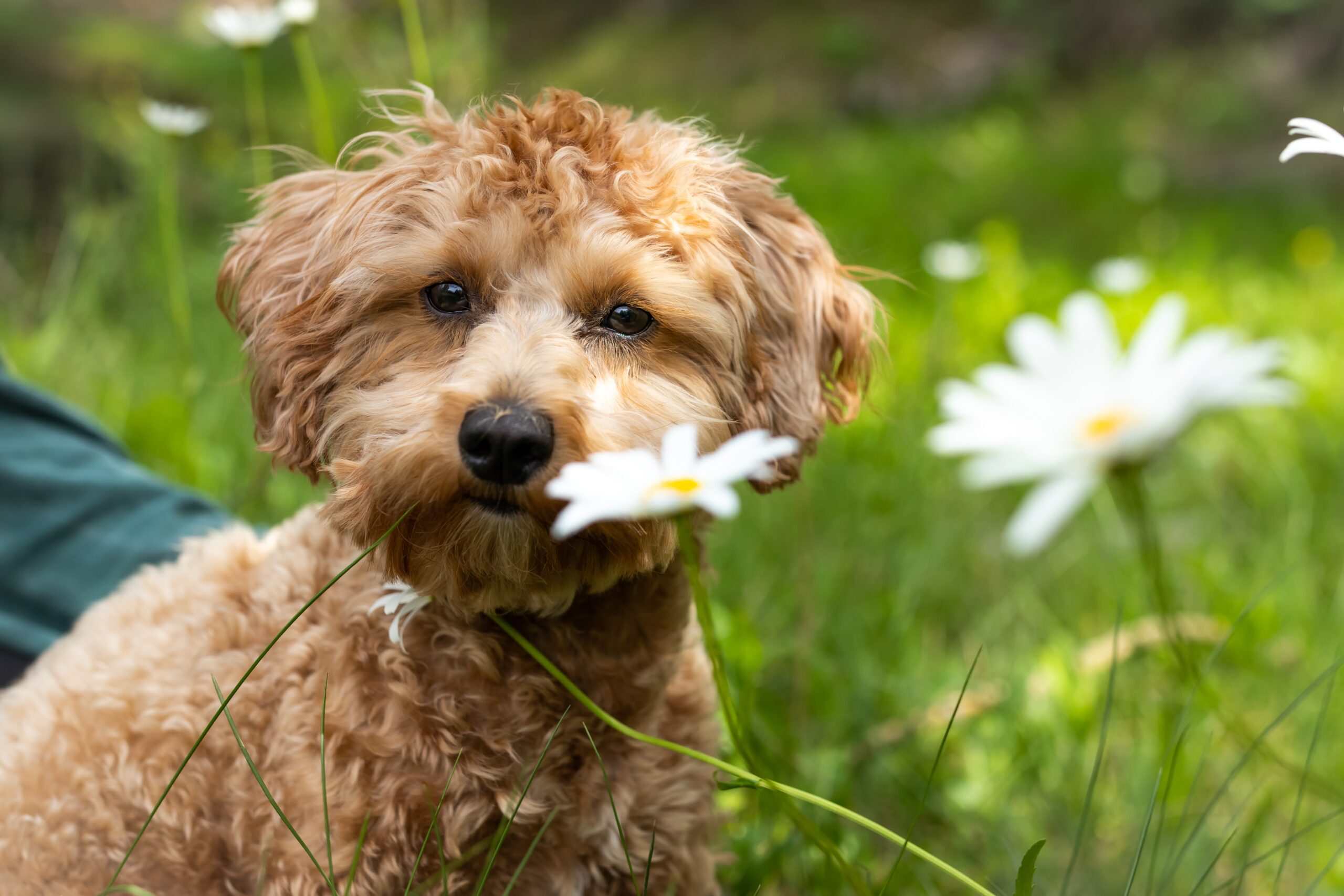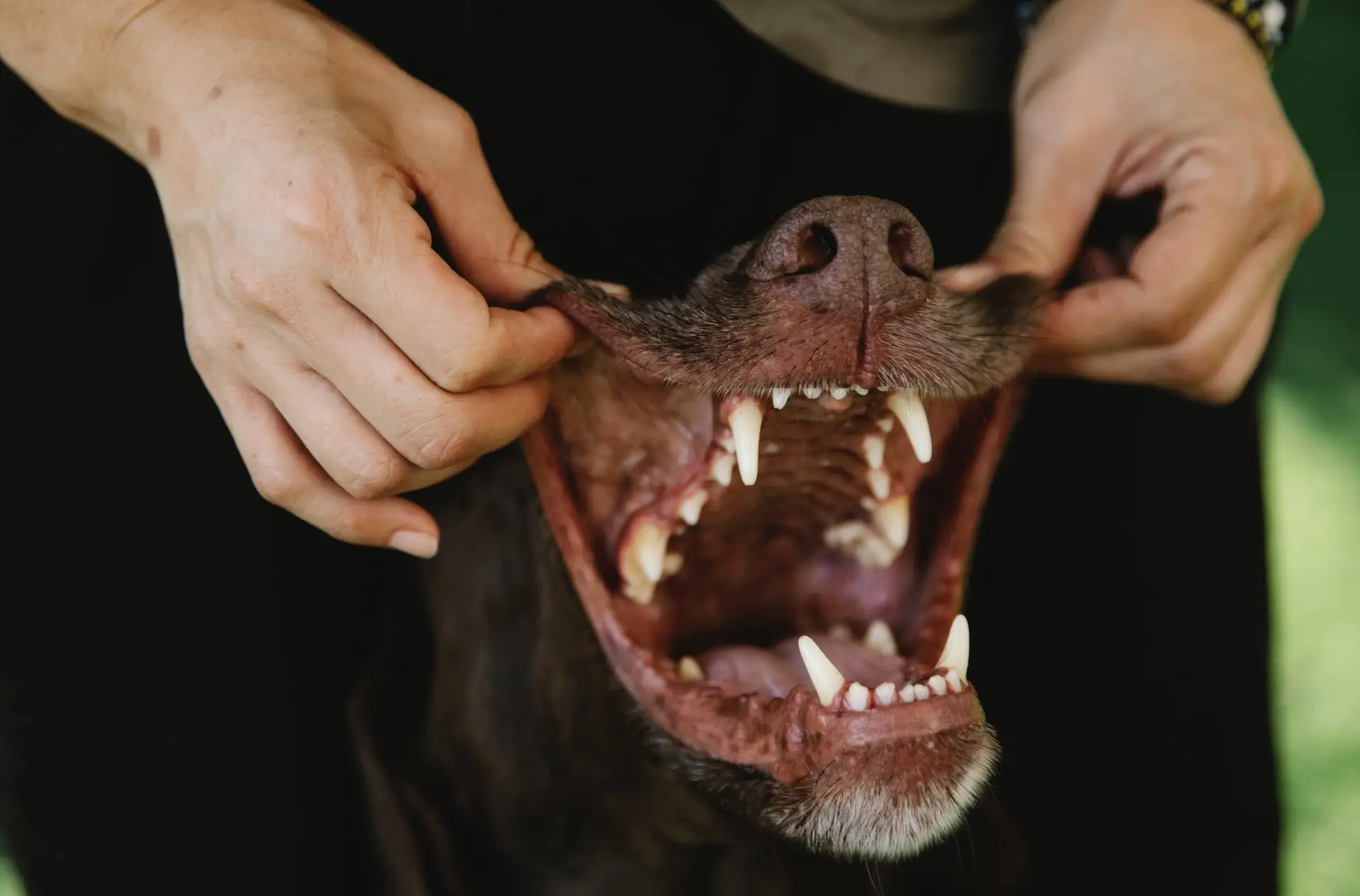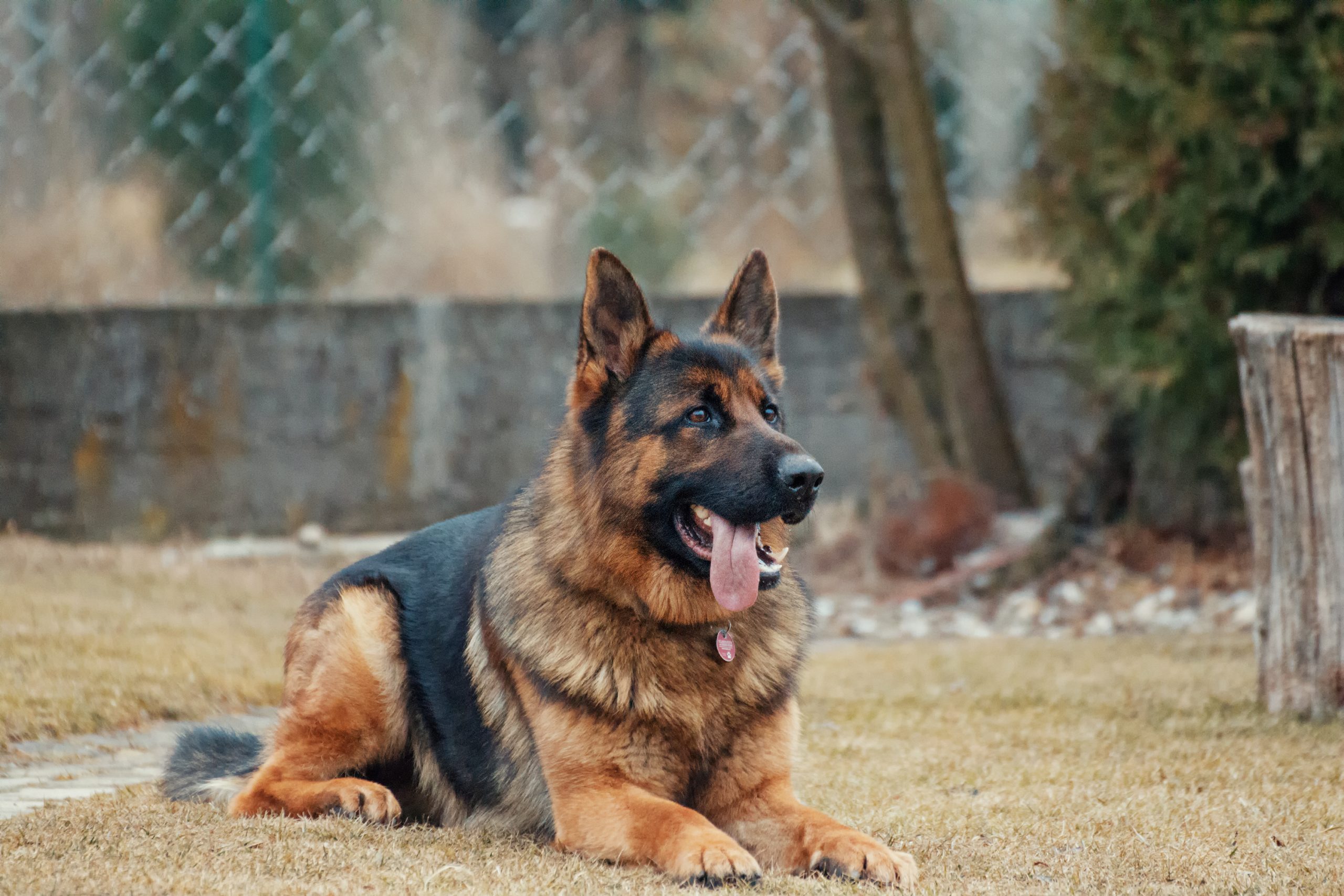He’s not your average Bulldog. Generally taller and leaner than his English Bulldog cousin, the American Bulldog originated in the United States in the 18th century, when farmers used him to drive and catch cattle and hogs. He tends to be full of energy and love his people, but prey animals should beware.
Breed Characteristics
| Adaptability | ★★★★★ |
|---|---|
| Affection Level | ★★★★★ |
| Apartment Friendly | ★★★★★ |
| Barking Tendencies | ★★★★★ |
| Cat Friendly | ★★★★★ |
| Child Friendly | ★★★★★ |
| Dog Friendly | ★★★★★ |
|---|---|
| Exercise Needs | ★★★★★ |
| Grooming | ★★★★★ |
| Health Issues | ★★★★★ |
| Intelligence | ★★★★★ |
| Playfulness | ★★★★★ |
| Shedding Level | ★★★★★ |
|---|---|
| Social Needs | ★★★★★ |
| Stranger Friendly | ★★★★★ |
| Territorial | ★★★★★ |
| Trainability | ★★★★★ |
| Watchdog Ability | ★★★★★ |
Overview

The American Bulldog struts in and immediately makes himself a member of the family — the one whose job it is to protect everyone else. With young children, he can be affectionate and gentle, and he often gets along well with cats and other dogs when raised with them. That said, early socialization with other pets and children is important and young children should never be left unsupervised with any dog, especially one of this size and strength.
American Bulldogs may vary slightly, depending on the bloodlines from which they were bred. You may hear them described as being from the Scott or Johnson lines or perhaps from the Painter, Williamson, Tate or Bailey strains. They may differ in build, head shape or muzzle and leg length, for example.
This is a strong and active working dog that is best suited to life on an acreage where he can assist with controlling livestock and patrolling the property — any task that will keep him busy.
He can live in a city or suburban environment, but only if you can provide him with enough exercise daily. If he’s not getting enough exercise, he may get bored and chew something to pieces — like your sofa. Once your veterinarian determines that he doesn’t have any underlying health conditions to hold him back, consider taking him running or providing a combination of physical and mental exercise that will keep him occupied.
That said, different lines of American Bulldogs could have different activity levels, says Caroline Powell of Cornerstone Bulldogs in Texas. She suggests that Johnson-type American Bulldogs, which tend to be slightly larger and have shorter muzzles than the Scott line, may not need as much exercise as their smaller counterparts. So talk to the breeder and make sure you understand what a pup’s exercise requirements will be. Powell recommends dogs from Johnson lines for people with small yards or limited ability to run or exercise their dogs.
Healthy American Bulldogs can excel at dog sports such as agility and nose work. They can also be good companions for walkers, joggers, hikers, bicyclists and skateboarders, as long as a veterinarian doesn’t find any underlying health issues that could limit the dog’s activity.
This is not a breed for inexperienced dog owners. The best owners for these dogs are already familiar with and knowledgeable about bully breeds. They have plenty of time to socialize, train, and exercise the dog. Like any dog, American Bulldogs can be destructive if they are left with nothing to do. They may take up digging or chewing to occupy their time.
American Bulldogs are generally excellent watchdogs. They usually don’t bark unless there’s something to bark about.
He has a lot of great qualities, but Powell warns that the American Bulldog is not for everyone. He’s best suited to a person or family who wants to spend a lot of time with their dog and is willing to put in the effort to make him a true companion.
Other Quick Facts
- American Bulldogs can vary in size, appearance and energy level, according to the line or strain from which they were bred. For instance, Scott-type American Bulldogs tend to be smaller than those from the Johnson line and larger than those from the Painter line.
- The American Bulldog is usually white or white with patches of brindle, black or red/fawn. For showing purposes, it can be any color, pattern or combination of colors except for solid black, solid blue, merle or white with patches of black and tan (tricolor), according to the United Kennel Club.
- An American Bulldog can have a docked tail, but a natural tail is preferred. The natural tail is thick at the base and tapers to a point. It’s sometimes described as resembling a pump handle.
The History of American Bulldogs
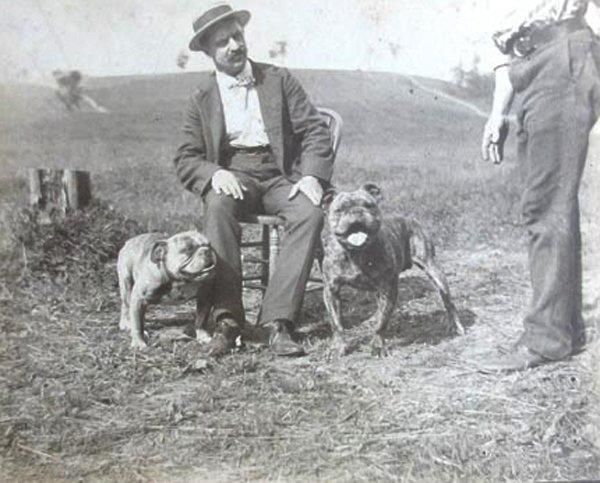
Hundreds of years ago, American farmers kept tough dogs on hand to catch bulls for castration or to help drive cattle to market. These canine enforcers were strong and agile with powerful jaws. Some people maintained that type of dog as an all-around farm dog, especially in the rural South, where they were known as “catch dogs,” bringing in wild hogs and cattle.
After World War II, they began to be bred as working dogs as well. Some became police dogs or did well in Schutzhund and “iron dog” competitions. The United Kennel Club recognized the breed in 1999.
American Bulldog Temperament and Personality
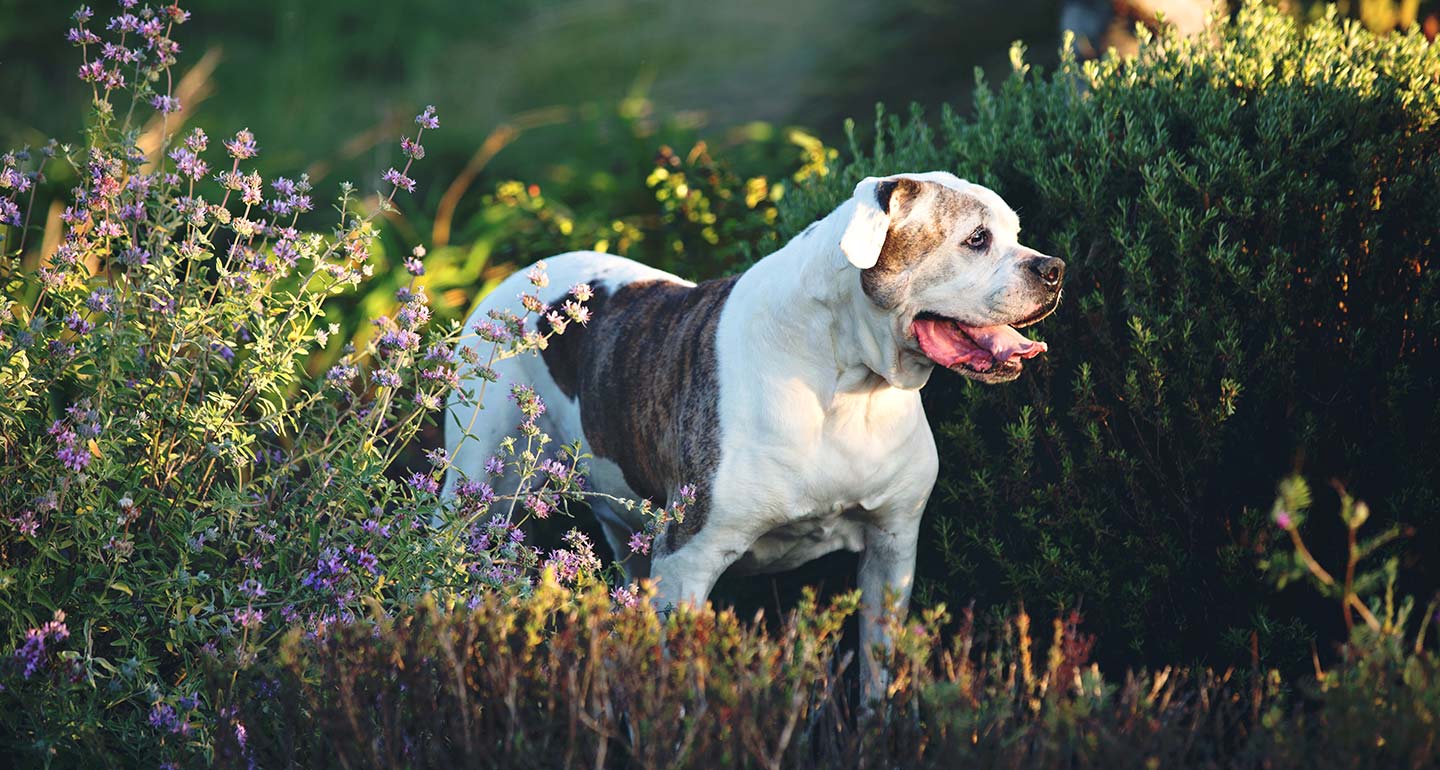
The American Bulldog typically shadows his owners, always wanting to be right by their side. He isn’t above being a lapdog, either, size notwithstanding.
The breed can be highly intelligent and trainable. Besides being family companions, some have jobs with the Border Patrol, as personal protection dogs, and as ranch hands and hunting dogs.
It’s important to train the American Bulldog with an eye toward his sensitive nature. He tends to respond best to loving but firm guidance. Powell says American Bulldogs generally hate to be in trouble with their people and will pout when scolded. If you train with patience and keep things positive, an American Bulldog will most likely do whatever you ask if it’s within his power.
Speaking of power, have we mentioned that the American Bulldog has a work ethic second to none? Scott types can often work long hours, Powell says. Johnson types are usually very strong but are generally best suited to work that calls for short blasts of energy.
As family dogs, American Bulldogs tend to be protective toward children and women. They can do well in homes with children of any age, but they are not babysitters. No dog should ever be left unsupervised with a young child, especially one that may not be aware of his own weight and strength.
You should also supervise the dog when your children’s friends are in the home to make sure he doesn’t try to intervene if he thinks “his” kids are being harmed during normal play.
When they grow up with cats and other dogs, American Bulldogs generally get along well with them, but they can be aggressive toward unknown cats and dogs. If they are in a home with other dogs, they tend to do best with one of the opposite sex, although females can usually live together more peaceably than males — unless both males are neutered.
American Bulldogs are often aggressive toward animals that they consider prey or a danger to themselves or their family members, so they should not be permitted to roam free. However, this trait makes them excellent hunting or catch dogs.
Socialize your American Bulldog puppy from day one. He should meet many new people and other animals and experience a number of different situations and places. This early exposure will help him learn to be confident in unusual surroundings and help inhibit his instinct to be fearful or even to bite when he encounters unfamiliar situations or people.
Start training an American Bulldog the day you bring him home, or before you know it, he will have you trained. He is capable of soaking up everything you can teach him. Don’t wait until he is 6 months old to begin training or you will have a more headstrong dog to deal with.
If possible, get him into puppy kindergarten class by the time he is 10 to 12 weeks old and socializes, socialize, socialize. However, be aware that many puppy training classes require certain vaccines (like kennel cough) to be up to date, and many veterinarians recommend limited exposure to other dogs and public places until puppy vaccines (including rabies, distemper, and parvovirus) have been completed. In lieu of formal training, you can begin training your puppy at home and socializing him among family and friends until puppy vaccines are completed.
Talk to the breeder, describe exactly what you’re looking for in a dog, and ask for assistance in selecting a puppy. Breeders see their puppies daily and can make uncannily accurate recommendations once they know something about your lifestyle and personality.
The perfect American Bulldog puppy doesn’t spring fully formed from the whelping box. He’s a product of his background and breeding. Look for a puppy whose parents have nice personalities and who has been well socialized from an early age.
What You Need to Know About American Bulldog Health
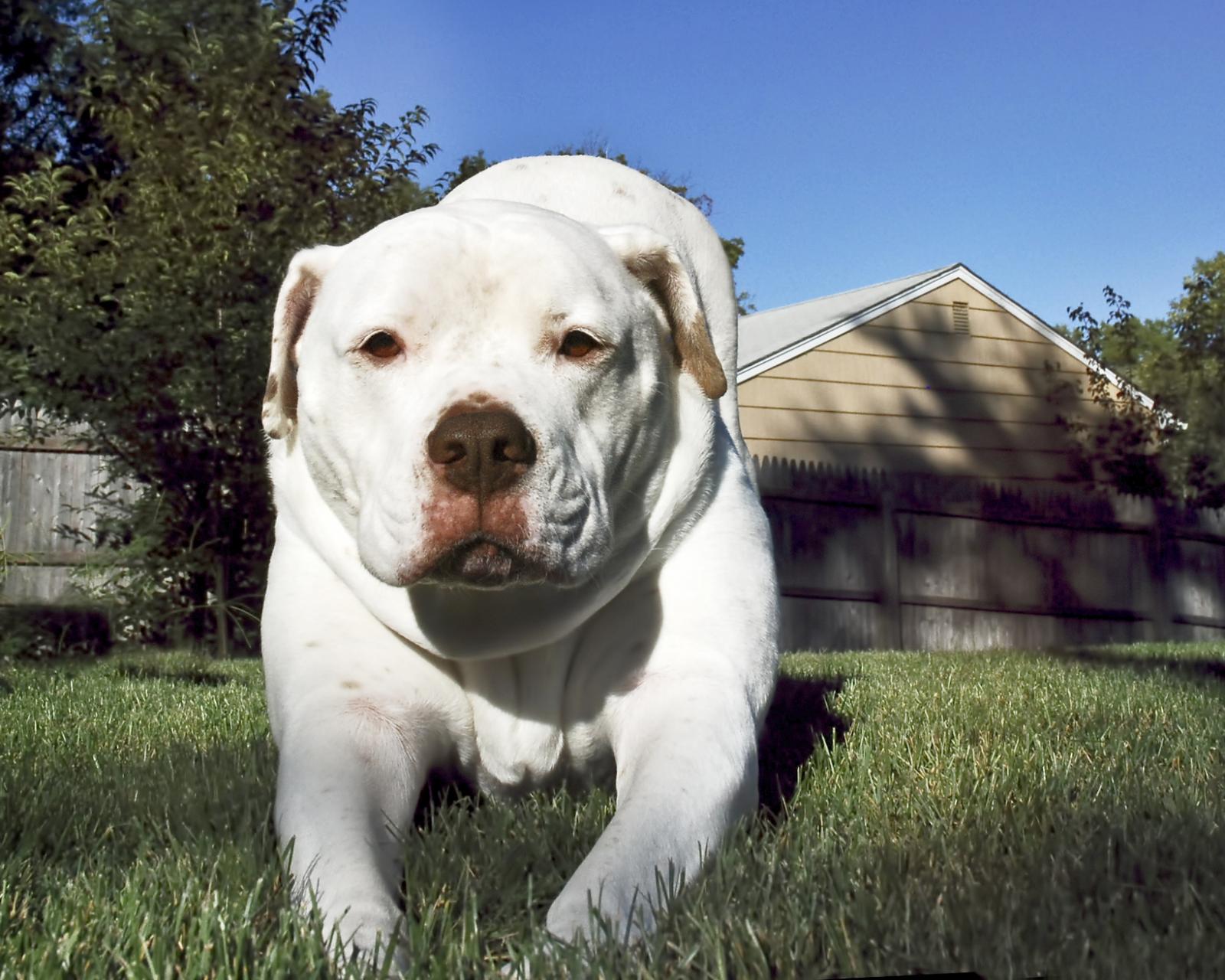
The American Bulldog is a fairly healthy breed with an expected life span of 10 to 12 years.
All dogs have the potential to develop genetic health problems, just as all people have the potential to inherit various diseases. Run, don’t walk, from any breeder who does not offer a health guarantee on her puppies, who claims that the breed is 100-percent healthy and has no known problems or who tells you that her puppies are isolated from the main part of the household for health reasons. A reputable breeder will be honest and open about health problems in the breed and the incidence with which they occur in her lines.
Some American Bulldogs are prone to cataracts, demodectic mange and hypothyroidism. The breed may develop hip or elbow dysplasia, especially if dogs put on weight too quickly in their first two years.
Some American Bulldogs may be affected by brachycephalic syndrome and have difficulty dealing with hot weather. Dogs with white or mostly white hair are more prone to sunburn and possibly to skin cancer. Help protect them by applying dog-safe sunscreen when they’re outdoors for long periods.
Responsible breeders screen breeding stock for hip dysplasia. That’s why your pup’s parents should have health certifications for hip dysplasia, including a hip evaluation, with results registered with the Orthopedic Foundation for Animals (OFA) or the Canine Health Information Center (CHIC).
Careful breeders screen their breeding dogs for genetic disease and breed only the healthiest and best-looking specimens, but sometimes Mother Nature has other ideas and a puppy develops one of these diseases despite good breeding practices. Advances in veterinary medicine mean that in many cases the dogs can still live good lives. If you’re getting a puppy, ask the breeder about the ages of the dogs in her lines and their causes of death.
If a breeder tells you she doesn’t need to do those tests because she’s never had problems in her lines, her dogs have been vet checked, or gives any other excuses for skimping on the genetic testing of dogs, walk away immediately.
Remember that after you’ve taken a new puppy into your home, you have the power to protect him from one of the more common canine health problems: obesity. Keeping an American Bulldog at an appropriate weight is one of the easier ways to help extend his life.
The Basics of American Bulldog Grooming
The American Bulldog has a short coat that may feel either soft or stiff. The breed sheds moderately year-round. Brush or comb the coat weekly to remove dead hair and distribute skin oils.
The rest is basic care. Trim the nails every three to four weeks or as needed. Brush the teeth often — with a vet-approved pet toothpaste — for good overall health and fresh breath.
Finding an American Bulldog
Finding a good breeder is a great way to find the right puppy. A good breeder will match you with the right puppy and will, without question, have done all the health certifications necessary to screen out health problems as much as possible. She is more interested in placing pups in the right homes than in making big bucks.
Good breeders will welcome your questions about temperament, health clearances and what the dogs are like to live with and will come right back at you with questions of their own about what you’re looking for in a dog and what kind of life you can provide for him. A good breeder can tell you about the history of the breed, explain why one puppy is considered pet quality while another is not and discuss what health problems affect the breed and the steps she takes to avoid those problems.
Start your search with the American Bulldog Association. They should be able to refer you to breeders in the United States or Canada.
Look for a breeder who is active in her national breed club and a local club, too, if possible. She should regularly participate with her dogs in some form of organized canine activities, such as conformation showing, obedience, other dog sports or therapy dog programs. She should sell her puppies with written contracts guaranteeing she will take the dogs back if at any time during their lives the owners cannot keep them.
Ask the breeder to provide you with documentation that your prospective puppy’s parents were cleared for health problems in the breed and have results registered with the OFA or the CHIC.
Avoid breeders who seem interested only in how quickly they can unload a puppy on you and whether your credit card will go through. You should also bear in mind that buying a puppy from a website that offers to ship your dog to you immediately can be a risky venture, as it leaves you no recourse if what you get isn’t exactly what you expected. Put at least as much effort into researching your puppy as you would into choosing a new car or expensive appliance. It will save you money in the long run.
Lots of reputable breeders have websites, so how can you tell who’s good and who’s not? Red flags include puppies always being available, multiple litters on the premises, having your choice of any puppy and the ability to pay online with a credit card. Quickie online purchases are convenient, but they are almost never associated with reputable breeders.
Whether you’re planning to get your new best friend from a breeder, a pet store or another source, don’t forget the adage “let the buyer beware.” Disreputable breeders and facilities that deal with puppy mills can be hard to distinguish from reliable operations. There’s no 100-percent guaranteed way to make sure you’ll never purchase a sick puppy but researching the breed (so you know what to expect), checking out the facility (to identify unhealthy conditions or sick animals) and asking the right questions can reduce the chances of heading into a disastrous situation. And don’t forget to ask your veterinarian, who can often refer you to a reputable breeder, breed rescue organization or other reliable sources for healthy puppies.
And before you decide to buy a puppy, consider whether an adult American Bulldog might better suit your needs and lifestyle. Puppies are loads of fun, but they require a lot of time and effort before they grow up to become the dog of your dreams. An adult American Bulldog, if one is available, may already have some training and may be less active, destructive and demanding than a puppy. With an adult, you often know more about what you’re getting in terms of personality and health and you can find adults through breeders or shelters. If you are interested in acquiring an adult dog through breeders, ask them about purchasing a retired show dog or if they know of an adult dog who needs a new home. If you want to adopt a dog, read the advice below on how to do that.
Adopting a Dog From a Rescue Group or Shelter
-
Use the Web
Sites like Petfinder.com and Adopt-a-Pet.com can have you searching for an American Bulldog in your area in no time flat. The site allows you to be very specific in your requests (housetraining status, for example) or very general (all the American Bulldogs available on Petfinder across the country). north east animal shelter can help you find animal rescue groups in your area.
Keep in mind, however, that when you acquire a dog this way, he usually hasn’t been evaluated by a person experienced in the breed who is affiliated with a rescue group. If you happen to know someone who is familiar with the breed, ask him or her to go with you to meet the dog.
Social media is another great way to find a dog. Post on your Facebook page that you are looking for a specific breed so that your entire community can be your eyes and ears.
-
Reach Out to Local Experts
Start talking with all the pet pros in your area about your desire for an American Bulldog. That includes vets, dog walkers, and groomers. When someone has to make the tough decision to give up a dog, that person will often ask her own trusted network for recommendations.
-
Talk to Breed Rescue
Most people who love American Bulldogs love all American Bulldogs. That’s why breed clubs have rescue organizations devoted to taking care of homeless dogs. Breeders and breed clubs work to place dogs of their breed when they are in need of a new home. One such group is American Bulldog Rescue.
The great thing about breed rescue groups is that they tend to be very upfront about any health conditions the dogs may have and are a valuable resource for advice. They may also offer opportunities to foster a dog if you are an experienced dog owner.
-
Key Questions to Ask
You now know the things to discuss with a breeder, but there are also questions you should discuss with shelter or rescue group staff or volunteers before you bring home a pup. These include:
- What is his energy level?
- How is he around other animals?
- How does he respond to shelter workers, visitors and children?
- What is his personality like?
- What is his age?
- Is he housetrained?
- Has he ever bitten or hurt anyone that they know of?
- Are there any known health issues?
Wherever you acquire your American Bulldog, make sure you have a good contract with the seller, shelter or rescue group that spells out responsibilities on both sides. Youl should look for an Adopters Bill of Rights that helps you understand what you can consider normal and appropriate when you get a dog from a shelter. But in states with “puppy lemon laws,” so be sure you and the person you get the dog from both understand your rights and recourses.
Puppy or adult, breeder purchase or adoption, you should take your American Bulldog to your veterinarian soon after you bring it home. Your veterinarian will be able to spot problems and will work with you to set up a preventive health care program.


